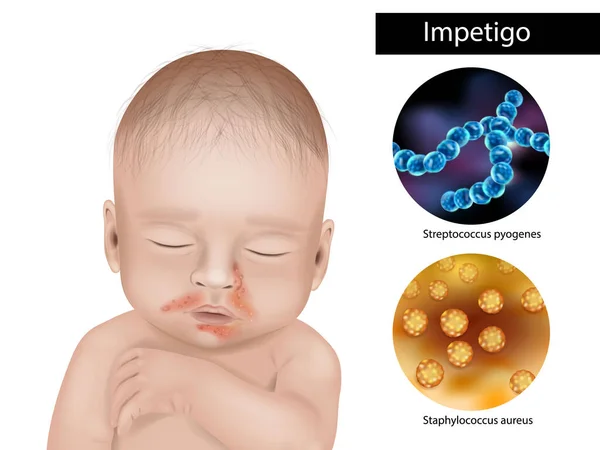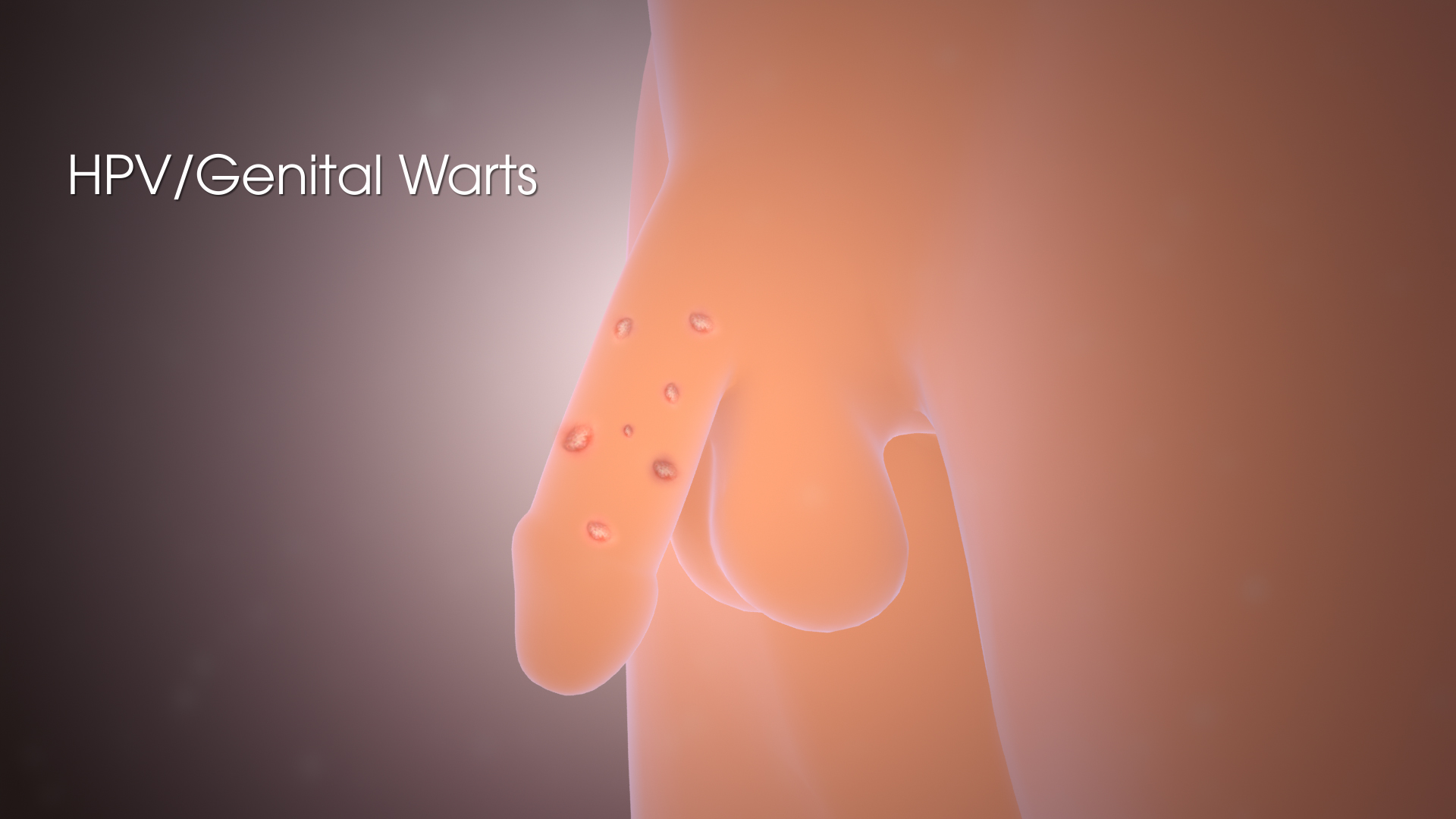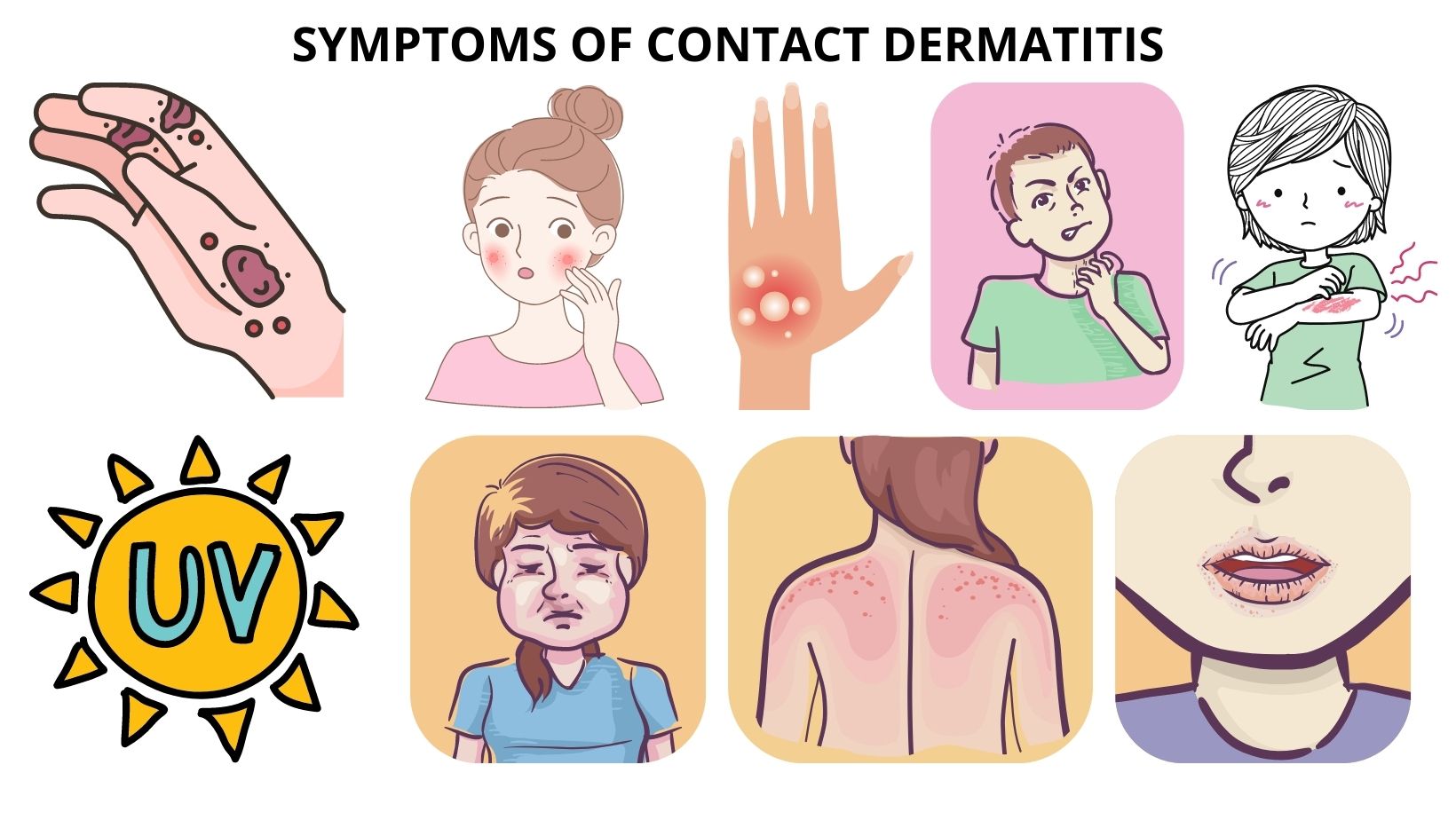Discussion Board Rebuttal 3
Discussion Board Rebuttal 3
(Discussion Board Rebuttal 3)

The author offers a compelling argument and a description of the different forms of power, including legitimate, referent, coercive, reward, and expert power. Legitimate power is associated with an individual’s formal right to lead, make demands, expecting others to obey and comply. Legitimate powers include formal organizational positions, political positions, and acceptance of social structure and culture.1 Reward power is associated with an individual’s ability to compensate another for compliance or obedience. Most managers in an organization can exercise reward power towards their subordinates because they are more influential. Referent power is linked to an individual’s perceived attractiveness, worthiness, or respect by others.1 Anyone can exercise coercive power, but mostly those in leadership positions, with common approaches being threats of malice and other forms of punishments for noncompliance. Every expert has expert power, but the approach to applying it differs because most tend to limit knowledge sharing to avoid diminishing power. (Discussion Board Rebuttal 3 )
In the specific case study, I agree that Joe, the manager has legitimate power attributed to his position in the company. However, I would like to differ that Joe has coercive and reward power because no evidence is provided to support this argument. Although Joe is the manager, he is good at helping people and wants what is best for everyone and the company, implying that he is not coercive. Also, no information is provided to indicate Joe’s reward or promise of reward for compliance or behavior. Despite the lack of information demonstrating coercive and reward powers, Joe’s position gives him the ability to exercise these forms of power. However, Betty demonstrates expert power to the full extent by limiting knowledge sharing regarding the complex electronic health records software, which she has the highest level of knowledge about at the company. Betty demonstrates expert power over everyone, including Joe, knowing that she is talented and Joe has minimal power over her. Joe also understands that Betty is crucial to the company, and he can do little to convince Betty to train the three new employees. Betty also knows that sharing knowledge with everyone regarding the software would diminish her power, although it would be bad for the company. Conclusively, existence of power is felt or recognized when exercised. (Discussion Board Rebuttal 3)
References
- Kovach M. Leader Influence: A Research Leader Influence: A Research Review of Fview of French & Raench & Raven’s (1959) s (1959) Power Dynamics. The Journal of values_Based leadership, 2020;13. https://scholar.valpo.edu/jvbl/vol13/iss2/15/









